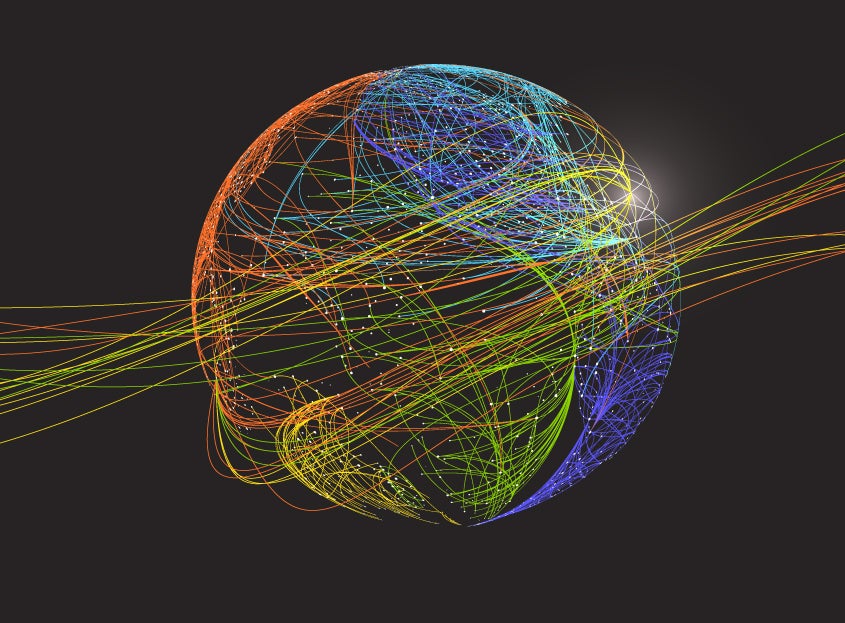The Intersection of Technology and Giving: The Rise of AI in Philanthropy

Recently, the United Kingdom’s AI Safety Summit raised important questions about the role of artificial intelligence (AI) in our society. Delegates from 28 countries, including the UK, US and China, came together in Bletchley Park to evaluate the possibilities and the risks. Intriguing tech professionals and amateur enthusiasts alike, this excitement has been tempered somewhat by legal, ethical, and even environmental questions—most of which have yet to be resolutely addressed. Innovations like ChatGPT present the public with a glimpse into the future, but what do these advances in AI mean for philanthropy? To understand how this question may be answered, let us establish what current AI models are capable of, some known factors regarding usage and the potential impact AI could have on the philanthropic sector.
What is AI, and what can it do?
There are different types of AI, some realized, and some still theoretical. Models like ChatGPT, Siri, and the AI bot who beat chess grandmasters, fall under the category of ANI, or Artificial Narrow Intelligence. ANI is AI that is trained to complete a single task as efficiently as possible and is the only AI in existence currently. Potential future versions may be able to create autonomous entities using Artificial General Intelligence (AGI) and Artificial Super Intelligence (ASI).
Things to consider when using (or thinking about using) AI models:
Accuracy: Currently, AI models like ChatGPT are not reliable with 100% accuracy. A good rule of thumb is to always double check the information AI provides, as even advanced models like ChatGPT are only as good as the data they are trained on and may inaccurately interpret context. For now, the role of fact checker still belongs to human beings.
Bias: Just like people, AI models like ChatGPT still suffer from potentially harmful bias issues, and these biases can impact the quality of the content it generates. Nonprofits interested in using ChatGPT or another LLM (large language models) to generate content, whether for internal or external usage, need to take this into account.
Content cultivation, not creation: It is important to remember AI models do not yet have the capacity to create content whole-cloth. They are trained to gather information, learn from examples, and synthesize what they have found to fit the user’s request. Plagiarism is a major concern for many, and a nonprofit that would use AI to generate content, especially externally facing content, should consider a review process for AI content which addresses this.
Environmental Impact: High-powered AI models, like ChatGPT and MidJourney operated by OpenAI, are powered by supercomputers and their operation consumes a staggering amount of energy and resources. The training alone for an AI model like ChatGPT can consume more electricity than 100 homes would consume in a year. As more individuals and nonprofits transition to more environmentally friendly practices every year, the impact of using advanced AI models should be taken into consideration.
What AI could mean for philanthropy
Technological advances are not new to the philanthropic sector. For example, the meteoric rise of online donations, particularly since the pandemic, has transformed the landscape of giving in the UK. The potential impact of AI on the philanthropic sector is significant, as certain programs could optimize data gathering and content generation in ways that could be especially helpful for smaller nonprofits operating with fewer resources.
For the near term, AI is far from independent-level creation. However, its ability to outline, enhance and inform our human-centred decision-making processes cannot be discounted.
NPT UK is not affiliated with any of the organisations described herein, and the inclusion of any organisation in this material should not be considered an endorsement by NPT UK of such organisation, or its services or products.
NPT UK does not provide legal or tax advice. This blog post is for informational purposes only and is not intended to be, and shall not be relied upon as, legal or tax advice. The applicability of information contained here may vary depending on individual circumstances.


